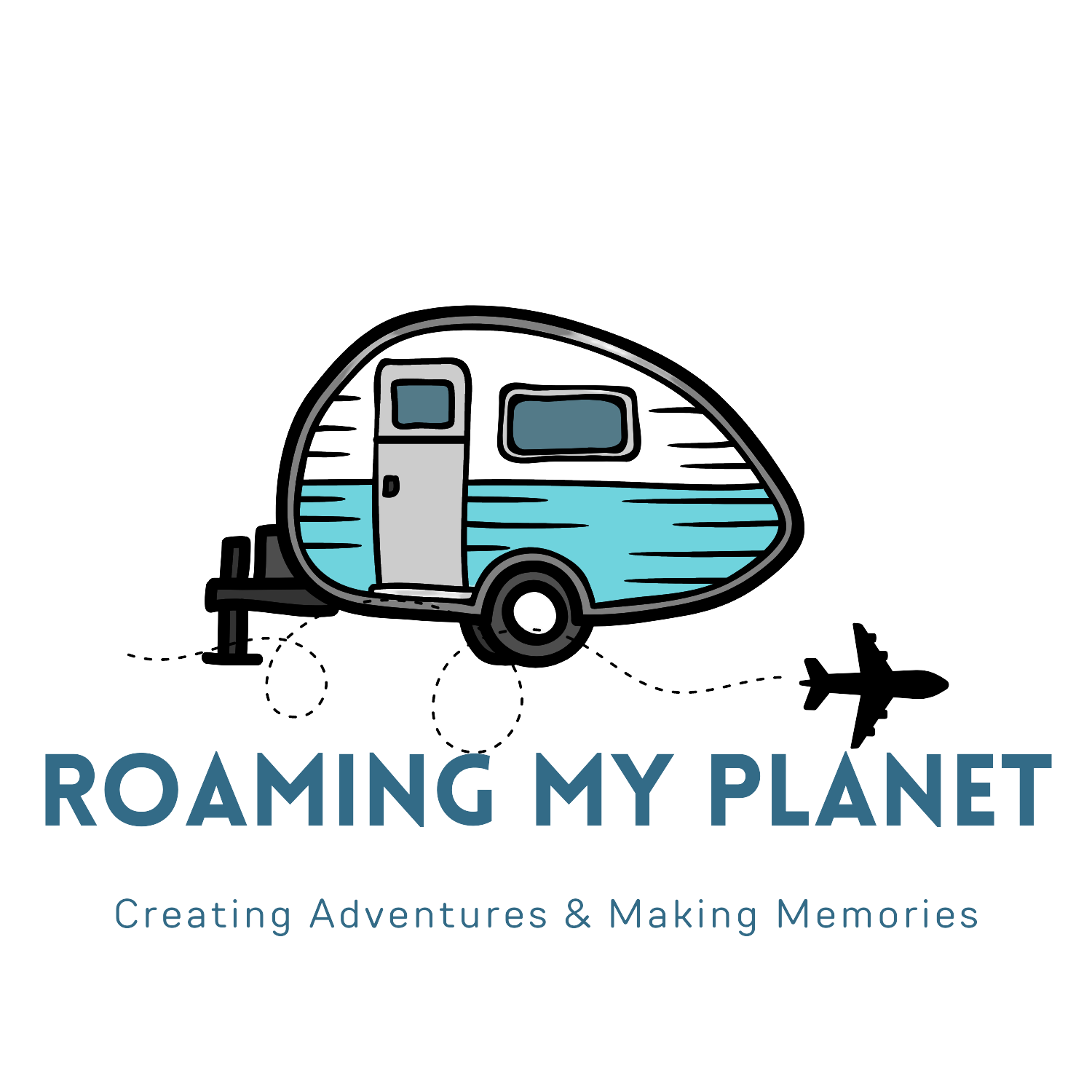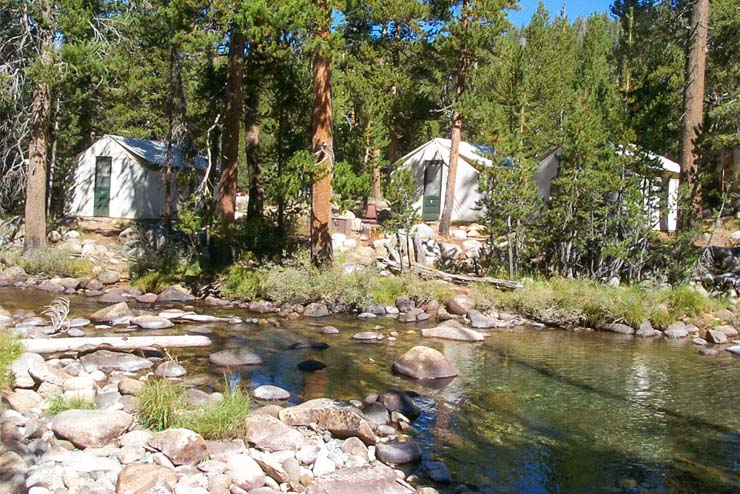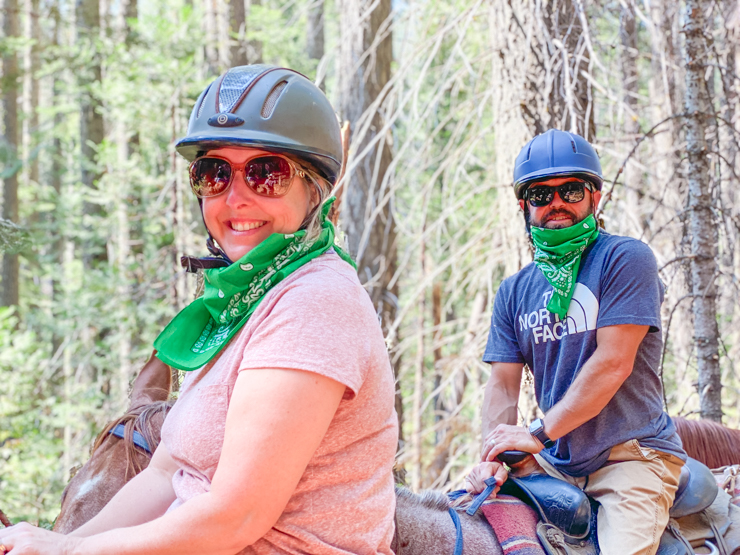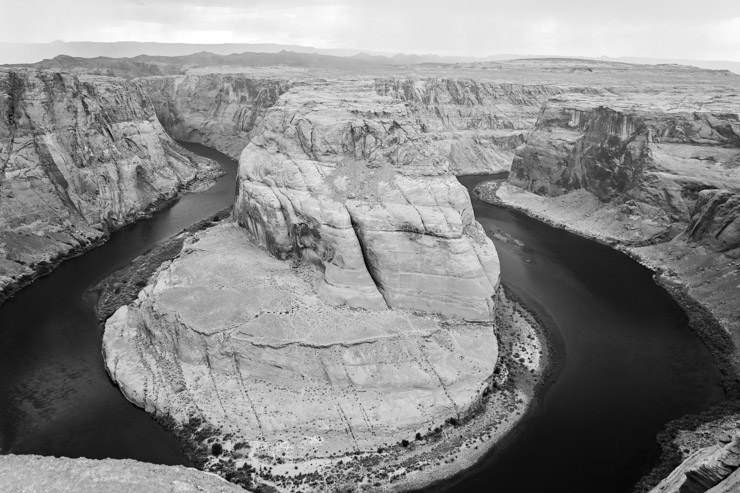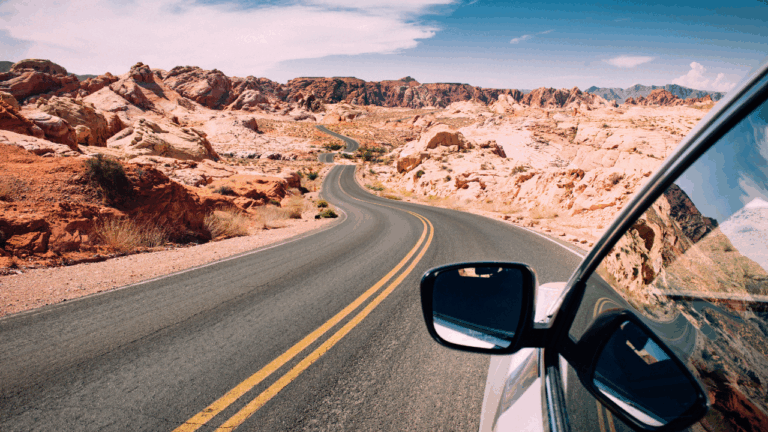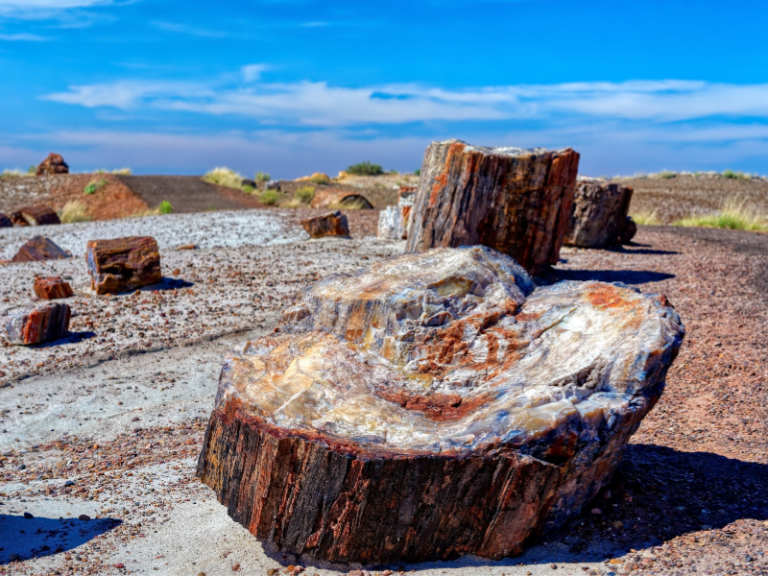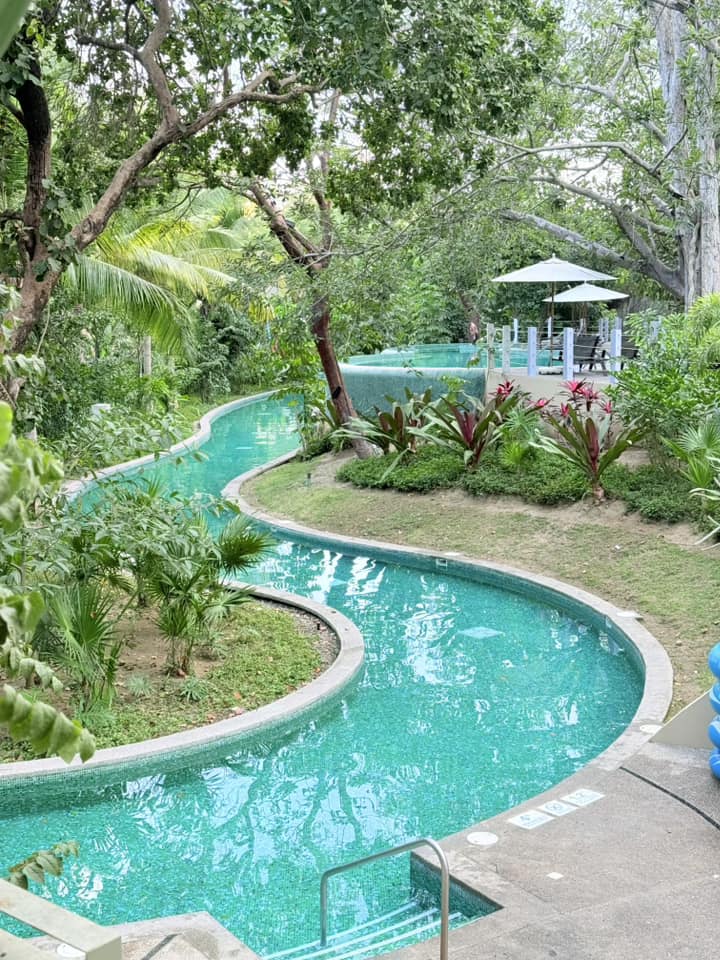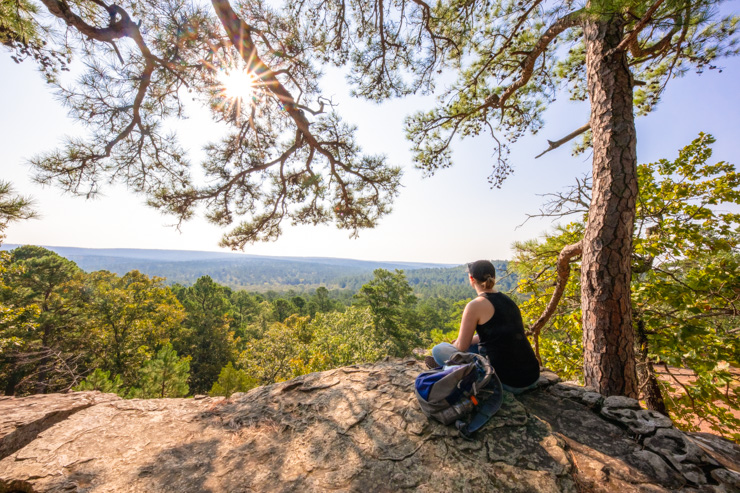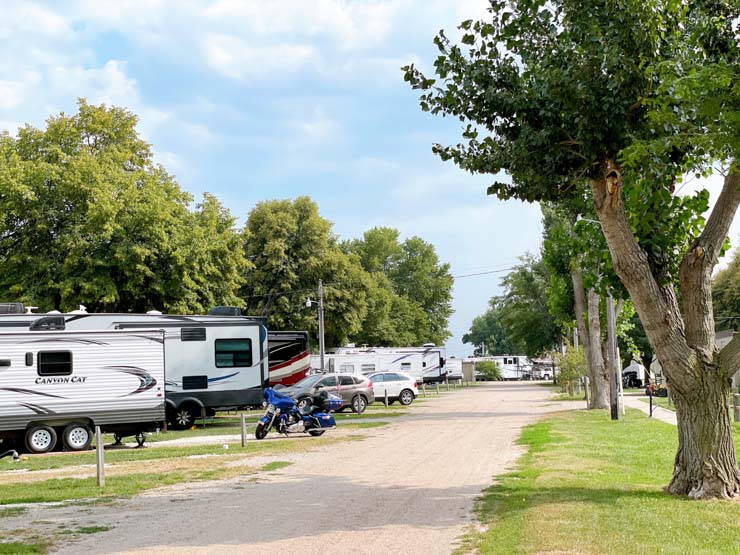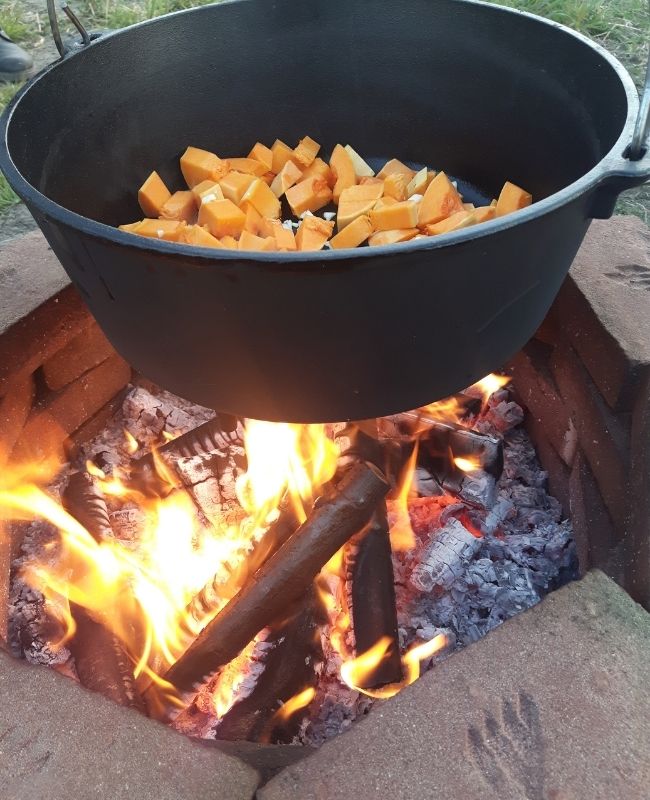Is the Painted Desert a National Park?
Introduction to the Painted Desert

The Painted Desert is a breathtaking region known for its bright colors and unique land formations. It stretches across the southwestern United States, mainly in northern Arizona and parts of New Mexico. This desert covers around 93,500 acres, making it a large and impressive natural area. Its name comes from the colorful layers of rock and soil that seem to paint the landscape in deep reds, soft pinks, rich purples, and bright oranges. These colors change with the light and time of day, giving the desert a magical, ever-changing appearance.
People have admired the Painted Desert for hundreds of years. Travelers, artists, and photographers often visit to experience its beauty and take in the wide, open views. The desert’s colorful layers were formed over millions of years, as wind and water shaped the land and laid down different types of rock and minerals. This slow process created the beautiful patterns and stripes we see today.
Besides its amazing scenery, the Painted Desert is also full of life. Many types of plants, birds, and animals have made this dry area their home. You might see desert grasses, blooming wildflowers, lizards, or birds flying overhead. There are also ancient sites left behind by Native American cultures, showing that people have lived in this region for thousands of years.
For those who love the outdoors, the Painted Desert offers hiking, sightseeing, and photography opportunities. Whether you’re walking a trail or simply stopping at a viewpoint, it’s easy to be amazed by the desert’s quiet beauty. The Painted Desert is a special place where nature, history, and art come together in a stunning display.

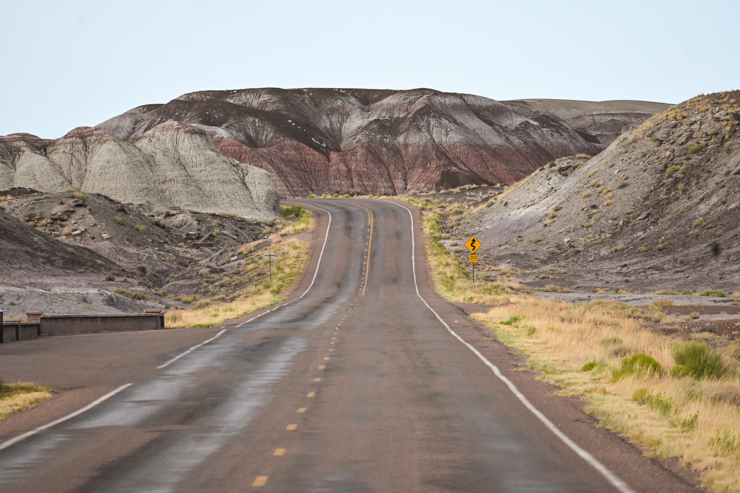
Understanding National Parks and Their Significance
National parks are special places protected because of their natural beauty, history, and importance to the environment. Governments set these areas aside to keep their amazing landscapes, animals, and historic spots safe for the future. National parks help protect many kinds of plants and animals, especially those that are rare or in danger. These parks also help take care of nature by saving forests, rivers, and other parts of the land that many creatures need to survive.
People visit national parks to enjoy outdoor activities like hiking, camping, and taking photos. These parks are also great places to learn. Visitors can discover more about nature, how to take care of the earth, and why it’s important to protect the world around us. National parks are like outdoor classrooms, where people of all ages can learn by seeing and exploring.
In addition to helping the environment, national parks are good for local towns. They bring in visitors, which helps small businesses and creates jobs. By keeping these special areas safe, national parks protect the earth’s natural beauty and important history for kids, families, and future generations to enjoy.
History and Formation of the Painted Desert
The Painted Desert spans northern Arizona, stretching from the Grand Canyon to Petrified Forest National Park. This stunning landscape formed over millions of years through geological and climatic processes. Layers of shale, mudstone, and sandstone were deposited during the Late Triassic period, creating its vibrant colors. The Late Triassic period lasted from approximately 237 million to 201 million years ago. It was the final phase of the Triassic period, preceding the Jurassic. Iron and manganese compounds within these layers produce the striking reds, purples, oranges, and pinks seen today.

Erosion played a crucial role in shaping the terrain. Wind and water gradually carved the soft rock, exposing colorful strata. Volcanic activity left behind ash that enriched the region’s mineral composition. Over time, shifting climates further sculpted the landscape. The Painted Desert remains an evolving wonder, with nature continuously altering its vivid colors and rugged formations.
The Painted Desert as a National Park: Designation and Importance
The area of the Painted Desert is not a standalone national park but is partially protected within Petrified Forest National Park in northeastern Arizona. In 1906, President Theodore Roosevelt designated the area as a national monument to preserve its unique landscapes and ancient fossils. It gained national park status in 1962, expanding protections for its vibrant badlands, petrified wood, and archaeological sites.
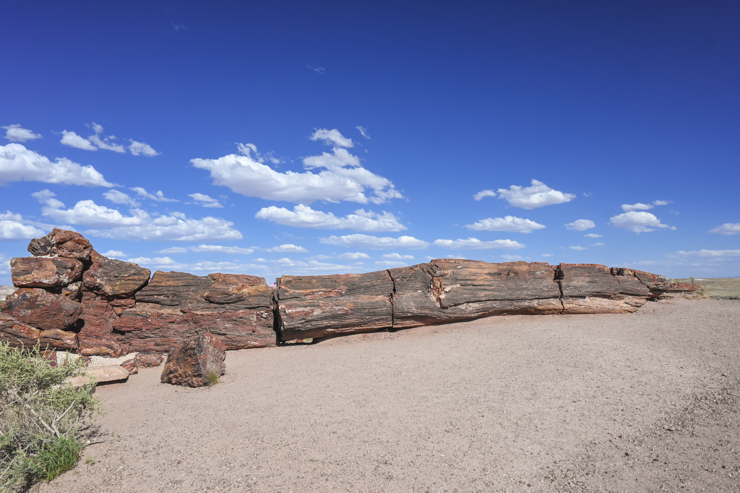
The Painted Desert holds great scientific, cultural, and historical significance. Its colorful rock formations preserve fossils from the Late Triassic period, offering insight into prehistoric ecosystems. The area also contains ancient petroglyphs and remnants of Puebloan structures, highlighting its deep Indigenous heritage. As part of a national park, it remains a vital location for geological research, conservation, and public appreciation of nature’s artistry.
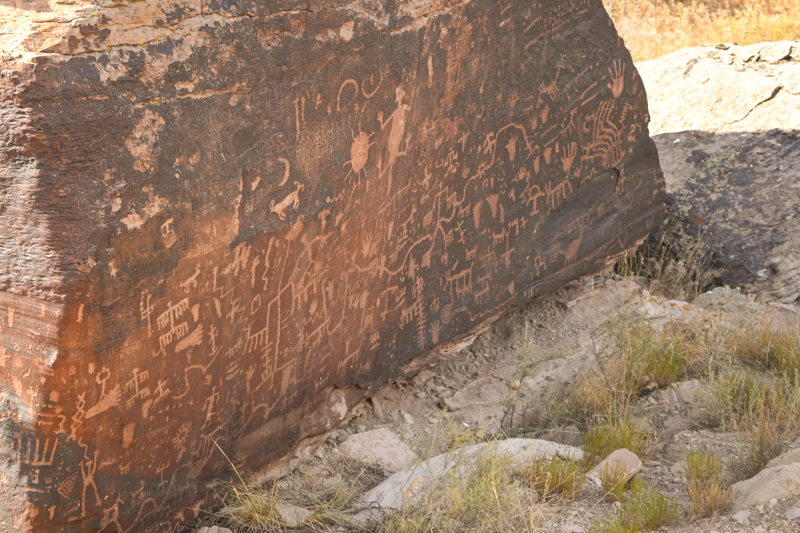
Geographical and Geological Features of the Painted Desert
The Painted Desert stretches across northern Arizona, covering approximately 7,500 square miles within the Colorado Plateau. It extends from the Grand Canyon to Petrified Forest National Park, with elevations ranging from 4,500 to 6,500 feet. The region’s arid climate and sparse vegetation highlight its striking, colorful terrain.
Geologically, the Painted Desert consists of layered sedimentary rock, primarily shale, mudstone, and sandstone, deposited over 200 million years ago during the Late Triassic period. The rich reds, purples, oranges, and pinks result from iron and manganese compounds within these layers. Erosion from wind and water carved the landscape into dramatic mesas, buttes, and badlands. Volcanic ash deposits further shaped the terrain, adding to its diverse mineral composition.
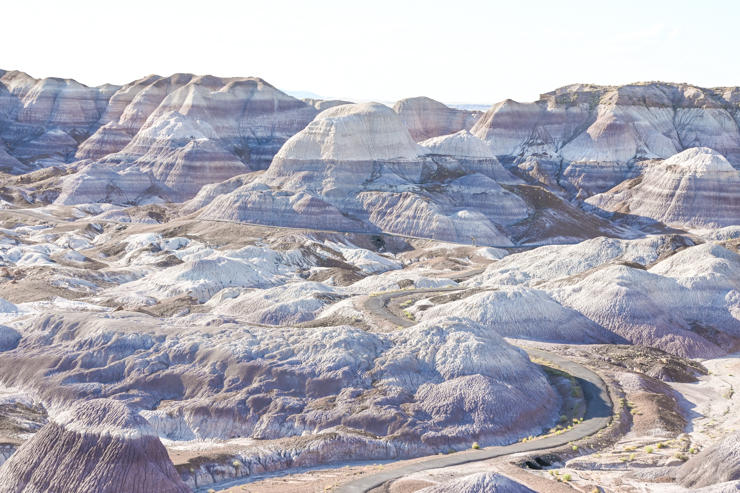
Geographical Features
- Chinle Formation – A vast rock formation composed of colorful mudstone, siltstone, and sandstone layers, dating back to the Late Triassic.
- Tawa Point – A scenic overlook in Petrified Forest National Park offering panoramic views of the Painted Desert’s multicolored badlands.
- Chinde Point – Another viewpoint showcasing deep canyons and layered rock formations shaped by millions of years of erosion.
- Black Forest Bed – A section of Petrified Forest National Park known for its concentration of fossilized wood, and remnants of ancient forests.
Geological Features
- Painted Desert Badlands – Soft, eroded rock formations carved by wind and water over millions of years, creating a rugged landscape.
- Lithodendron Wash – A dry riverbed revealing exposed rock layers, providing insight into the region’s geological history.
- Bidahochi Formation – A younger rock layer from the Miocene epoch, composed of volcanic ash and lake deposits, indicating past volcanic activity.
These features help geologists understand the region’s history, from ancient ecosystems to long-term climate changes. Many also serve as important sites for fossil discoveries and archaeological studies.
Exploring the Painted Desert National Park: Activities and Attractions
While the Painted Desert itself is not a standalone national park, it is partially protected within Petrified Forest National Park in Arizona. Visitors can explore a variety of activities and attractions that highlight the region’s stunning landscapes, rich history, and unique geological formations.
Top Activities
- Scenic Drives – The Painted Desert Rim Drive offers breathtaking views of colorful badlands, mesas, and rock formations.
- Hiking Trails – Trails like the Painted Desert Wilderness Trail and Blue Mesa Trail allow for up-close exploration of the landscape.
- Photography – The ever-changing light enhances the desert’s vibrant colors, making it a paradise for photographers.
- Fossil Hunting (Viewing Only) – Petrified Forest National Park contains ancient fossils, including remnants of trees and prehistoric creatures.
- Wildlife Watching – Look for pronghorn antelope, jackrabbits, and various desert birds thriving in the arid environment.
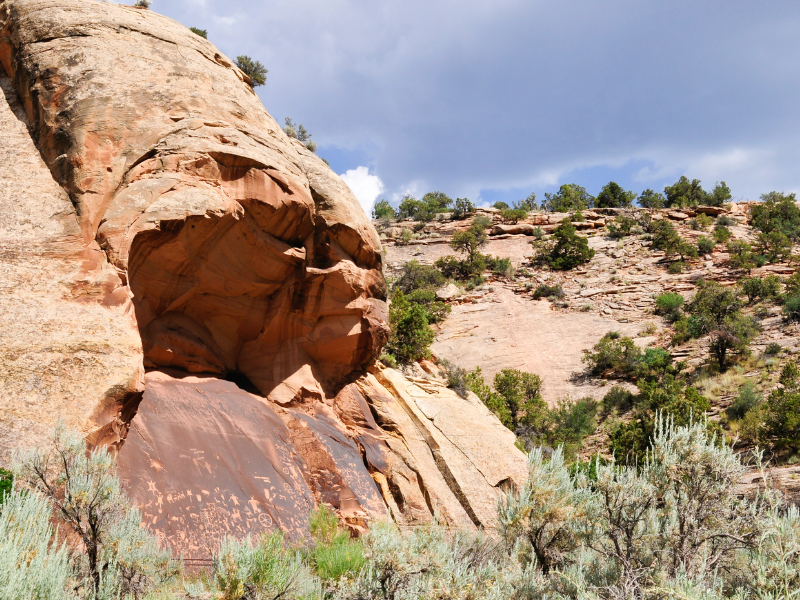
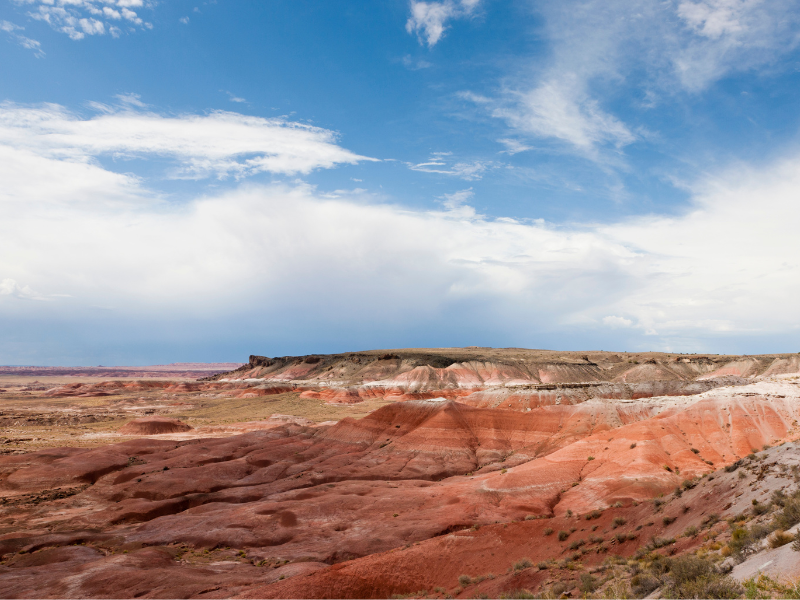
Must-See Attractions
- Tawa Point & Kachina Point – Scenic overlooks offering sweeping views of the Painted Desert’s colorful badlands.
- Puerco Pueblo – Ancient ruins of a 600-year-old Puebloan village with well-preserved petroglyphs.
- Blue Mesa – A surreal landscape of bluish-purple badlands, featuring a 1-mile loop trail through eroded hills.
- Newspaper Rock – A petroglyph site with hundreds of ancient rock carvings from Indigenous cultures.
- Painted Desert Inn – A historic lodge-turned-museum showcasing the area’s history and Hopi artwork.
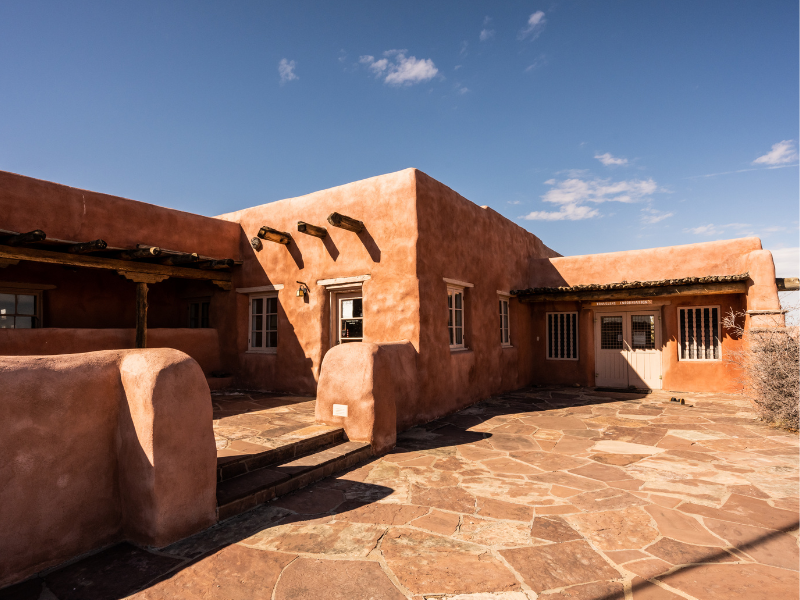
Whether driving, hiking, or learning about history, the Painted Desert offers unforgettable experiences for nature lovers and adventurers alike.
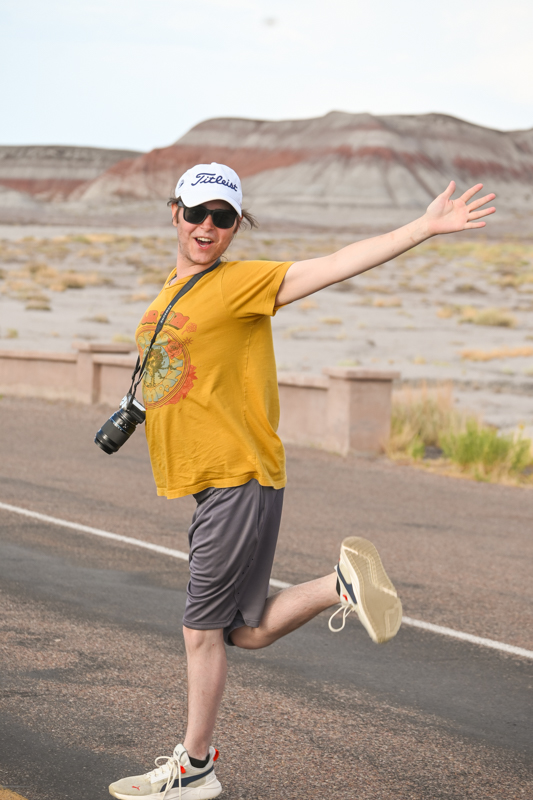
-
Picaridin or DEET: What’s the Difference and Which Is Safer for Camping and Hiking?
Picaridin vs. DEET: Learn the pros, cons, safety, and reapplication tips to choose the best bug repellent for your next hike.
-
The Best Campsites Near Yosemite
Best campsites near Yosemite with RV, tent, and glamping options. Pet policies, tips, and hidden gems for your stay.
-
Saddle Up for Scenic Views: Horseback Riding in Yosemite
Ride horseback through Yosemite’s forest with expert guides, creek crossings, and views of the giant sequoias. A must-do adventure.
-
Visiting Horseshoe Bend with Dogs: What to Know Before You Go
Visiting Horseshoe Bend with dogs? Discover tips on hiking, weather prep, and making the most of this iconic Arizona viewpoint.
-
Arizona Road Trip Itinerary from Oklahoma, Texas, or New Mexico
Plan an unforgettable Arizona Road Trip from Oklahoma, Texas, or New Mexico with stops at the Grand Canyon, Meteor Crater, and more.
-
Petrified Forest National Park in Arizona
Petrified Forest National Park in Arizona is a breathtaking landscape filled with colorful badlands, ancient fossils, and stunning petrified wood. This unique park showcases remnants of a prehistoric forest, now turned to stone over millions of years. Visitors can explore scenic trails, marvel at the Painted Desert’s vibrant hues, and discover ancient petroglyphs left by Indigenous cultures. Whether hiking, sightseeing, or learning about its rich history, the Petrified Forest offers an unforgettable glimpse into the past.
